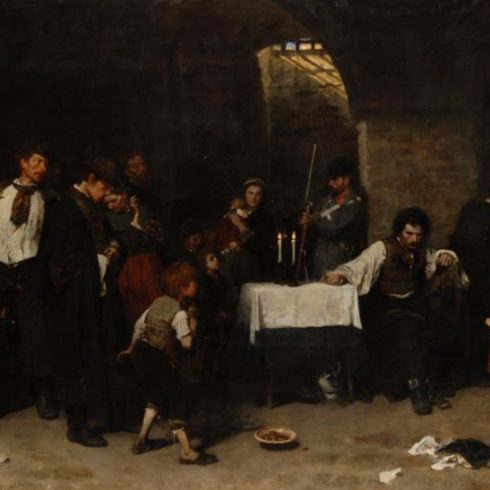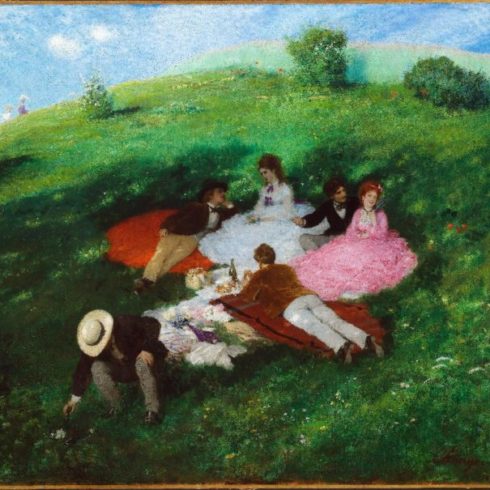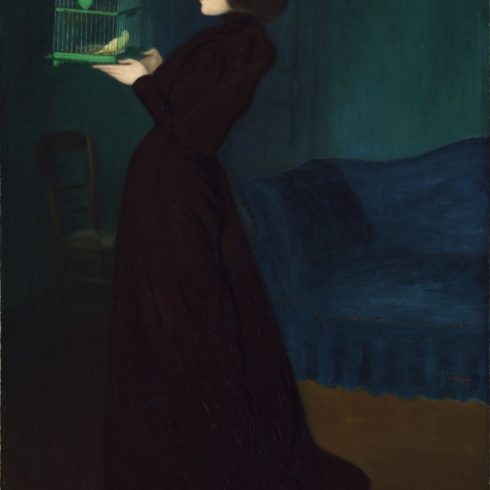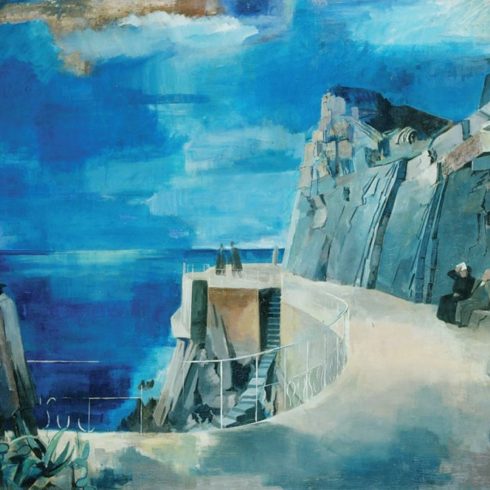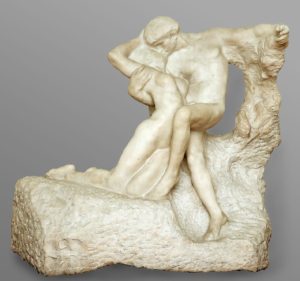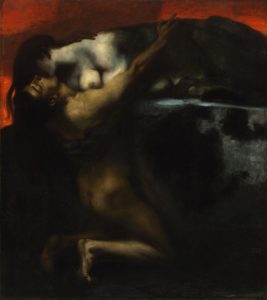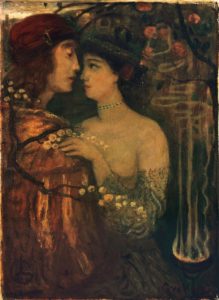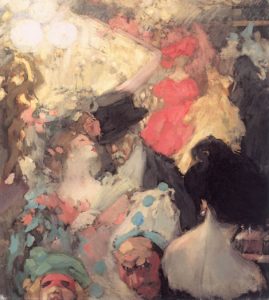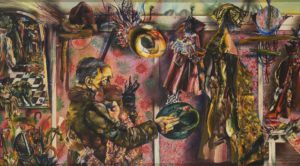We use cookies to provide you with the best possible service and a user-friendly website.
Please find our Privacy Policy on data protection and data management here
Please find more information on the cookies here
Shifts – Hungarian Art After 1945
Building D, 3rd Floor - The exhibition is temporarily closed
The title of our exhibition presenting Hungarian art after 1945 was inspired by one of György Galántai’s sculpture Shifts from 1989. The title signals that the revised selection on display calls attention to the changes in the approaches to art, to the artistic aspects of the historical turns of the past seventy years, as well as to the changes in the system of institutions. At the same time, it implies that the exhibition spaces of the Contemporary Collection, opened nearly thirty years ago, have been revamped.
The main goal of the concept is to acquaint visitors with the tendencies and trends, along with the specific local manifestations of Hungarian art after 1945. The exhibition aims to explore and provide a view of the period from three aspects: besides pointing out the simultaneous presence of movements and trends sometimes rooted in different periods and presenting exhibitions as part of the historical process, it demonstrates, through representative works, how the Hungarian art of the period was related to contemporaneous European trends. One of the characteristics of Hungarian art after 1945 is that the various trends and artistic approaches did not replace but followed from one another.
Highlights, curiosities
Attila Csörgő: Hemisphere V., 1996
The works of Attila Csörgő straddle the boundary between art and science, and his mobile structures combine the spatial vision of a sculptor with the technical ingenuity of an engineer. Despite their playful nature, his kinetic and optical experiments provide potential solutions for solving complex problems of mathematics, physics, or descriptive geometry. His constructions are retrograde, and aesthetic pleasure is not his objective; his main concern is for the thought and effort he has put into his work over many months to be manifested in his objects.
Erzsébet Schaár: Sisters, 1968
From the 1940s, Erzsébet Schaár began her career first with portrait statues with a particular power and then with figural compositions bearing Giacometti’s influence. Spatial problems, inside and outside and the formal and thematic problem of reflection became fundamental in her art from the 1960s. The practically two-dimensional silhouette-like “asculptural” figures with monumental quality often appeared in relation to architectonic elements (doors, windows, walls). Schaár took an interest in styrofoam from 1966 and this light, evanescent and porous material allowed her to work in life size.
Miklós Erdély: √-1 (Square Root of Minus One), 1985
Miklós Erdély’s life strategy that questioned and kept his art in motion had its last great artistic period at the turn of the 1970s and 1980s: the conventional notions and symbols of philosophy, religion, mathematics, etc., as parts of a “montage”, appear as visual elements mobilizing sensual effects. √-1 is the enigmatic and emblematic key work of the period, the momentary diagnosis of our “world and fate”.



